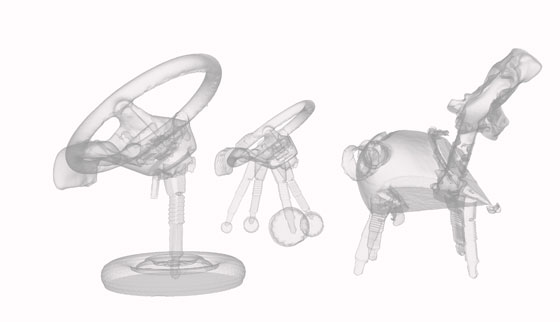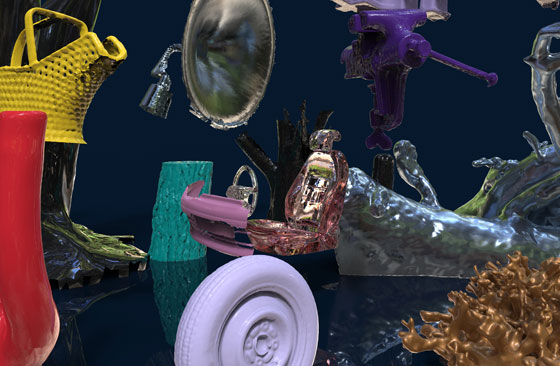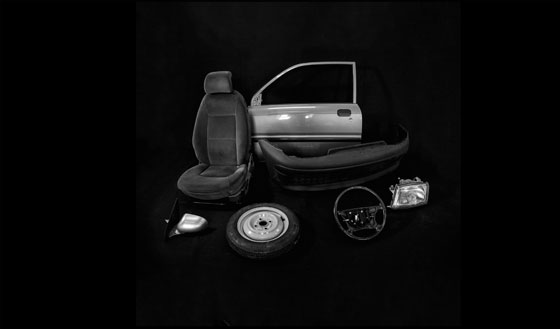Morphing Matter
Text by Frame Publishers
Netherlands
16.11.15
Commissioned by Frame to translate this issue’s ‘materials’ theme into a series of thought-provoking images, Bastiaan de Nennie set out to explore the importance of physicality in an increasingly digital world.
How did you approach the theme of materials?
BASTIAAN DE NENNIE: I started off with a lot of questions. When is something a material? Does a material need to be physical per se? Or can we be physically triggered by looking at an image that simply suggests materiality? In my work I lend shape to analogue elements in a digital world. The screen allows me to give such elements new proportions, new functions and new ‘skins’ as I visualize potential materials and objects.
What was the idea behind the images that illustrate the Frame Lab essay?
I was inspired by the diverse topics mentioned in the essay, like sustainable strategies and shifts in the conception of luxury. I aimed for ‘worlds’ that would reflect the essence of the essay. For example, the idea behind my bio-tree eventually led to a world in which trees grow products and packages. It may seem to be a rather ridiculous dream tree, but it makes a critical statement as well.
Physical car parts were the starting point for this issue’s cover image. Image Bastiaan de Nennie
Can you explain the process that led to the image you chose for the cover?
Parts of demolished cars, natural materials and second-hand objects were my starting point. Using various 3D scan techniques, I digitized these elements and, in so doing, generated a library of digital, ready-to-use material. The goal was not to make a perfect scan but to document a wide range of interesting shapes.
For the cover I chose components from the interior of a car, such as a steering wheel. Although I believe these kinds of objects will be irrelevant in the future, they can still provide photographic inspiration in terms of shape. I tried to give them new potential in an era of digital creation – to hint at new applications. The outcome is a chair-like object that refers to the fact that Frame is, at the end of the day, an interior-design magazine.
Bastiaan de Nennie digitizes existing shapes with the aid of 3D scan techniques before combining the results in countless ways to achieve the image he wants. Image Bastiaan de Nennie

Bastiaan de Nennie digitizes existing shapes with the aid of 3D scan techniques before combining the results in countless ways to achieve the image he wants. Image Bastiaan de Nennie
×How might your process inform or influence future design?
I’m proposing a new principle for the design process: fast digitization. I sketch and generate ideas in an attempt to form completely new products based on existing shapes – physical objects, often things with a distinctive nostalgic feel, which I deconstruct and reassemble on the computer screen. Part of the process is experimentation with textures and colours.
De Nennie applies colours and textures created on the screen to his computer-assembled objects. Image Bastiaan de Nennie

De Nennie applies colours and textures created on the screen to his computer-assembled objects. Image Bastiaan de Nennie
×Currently, a combination of man-made choices and computer-generated distortions are influencing design. What I do is to look back on what we already have and to use that information in the digital world. This method allows for the reuse of trends, for an analysis of their feasibility, and for an increase in cross-pollination between industries.
The completed version of Bastiaan de Nennie’s cover for Frame #107. Image Bastiaan de Nennie
Even though the objects in my images and the materials they suggest exist only on the computer screen before being printed, I envision them finding their way into our off-screen world as well. In the words of Picasso: ‘Everything you can imagine is real.’







